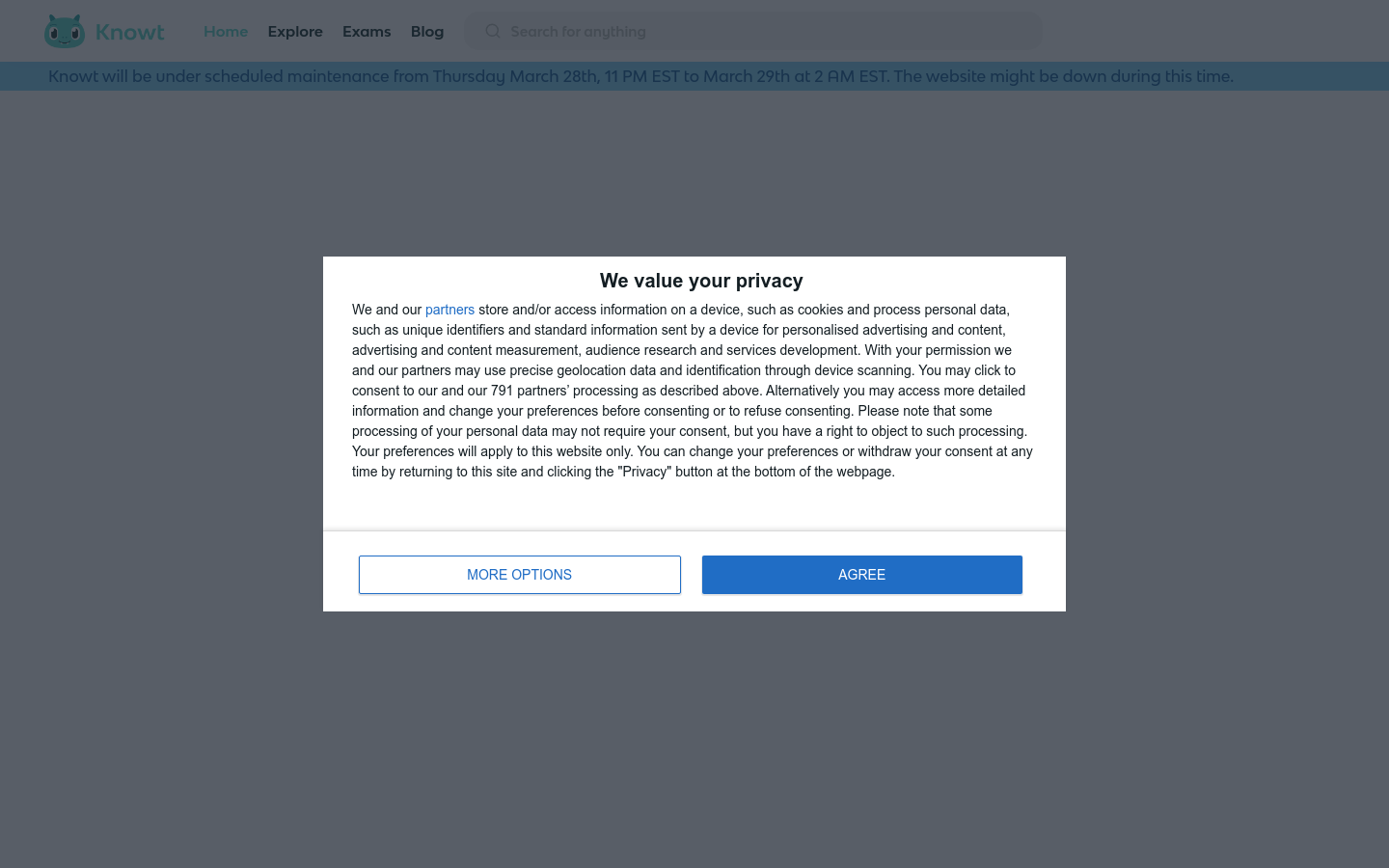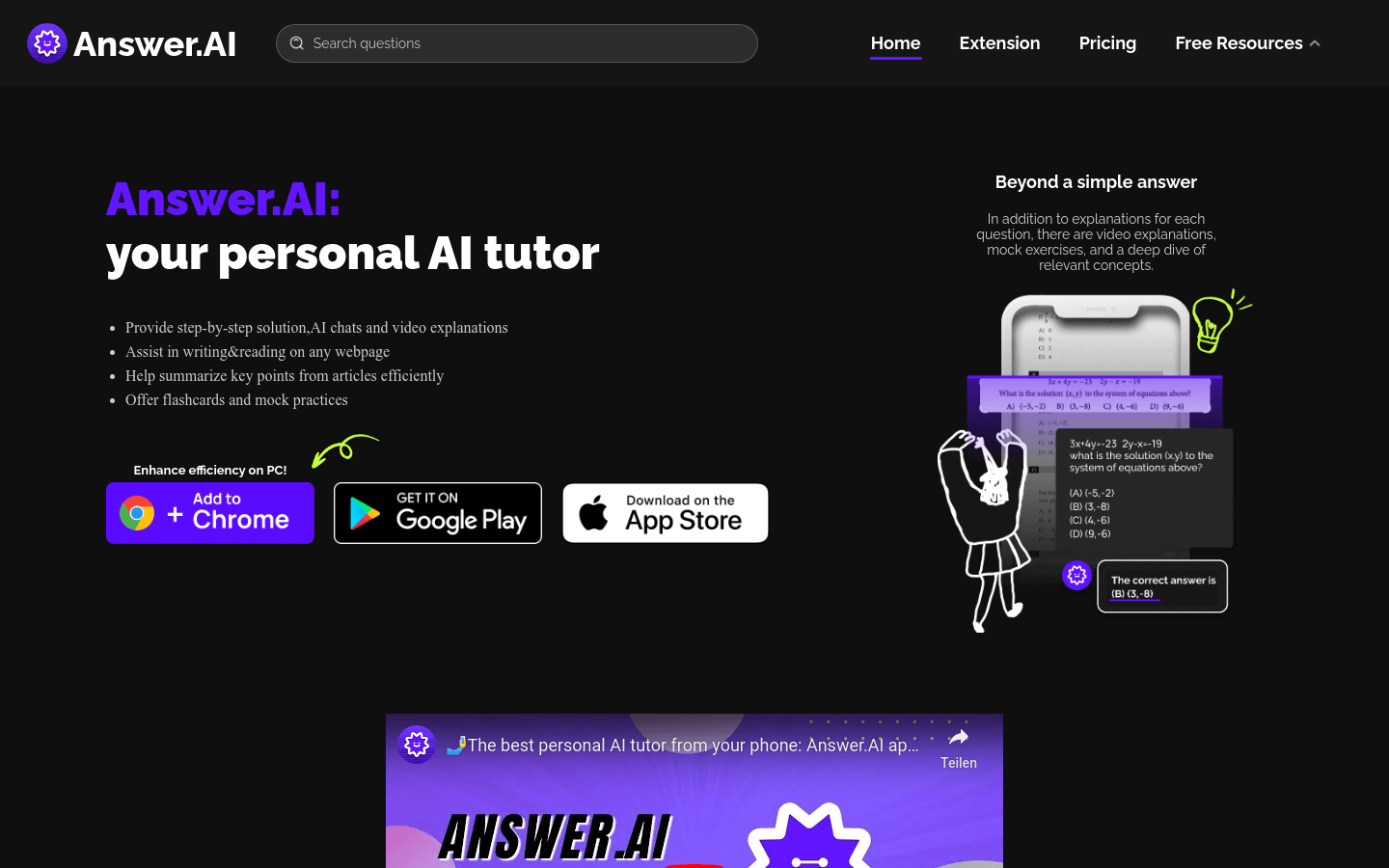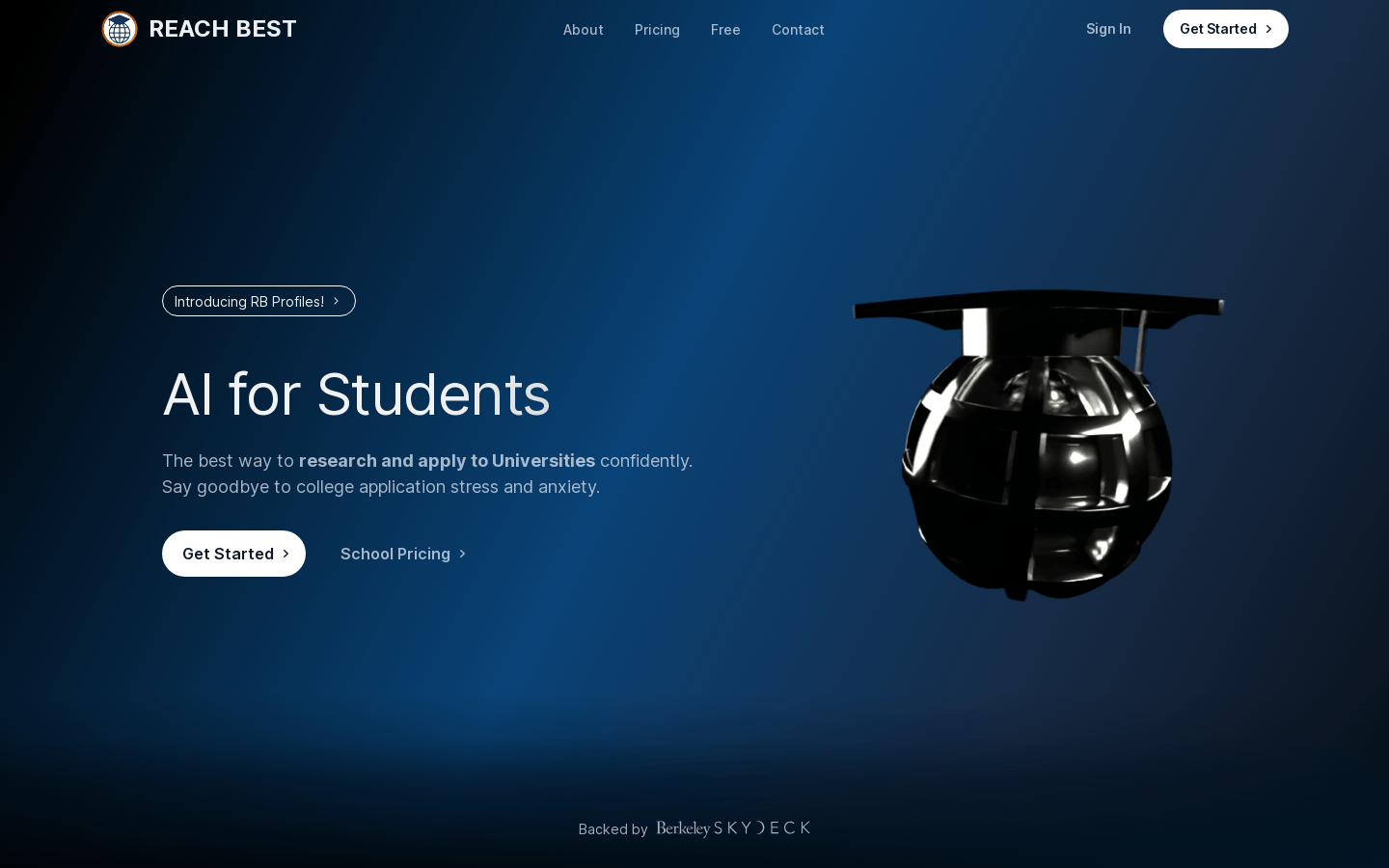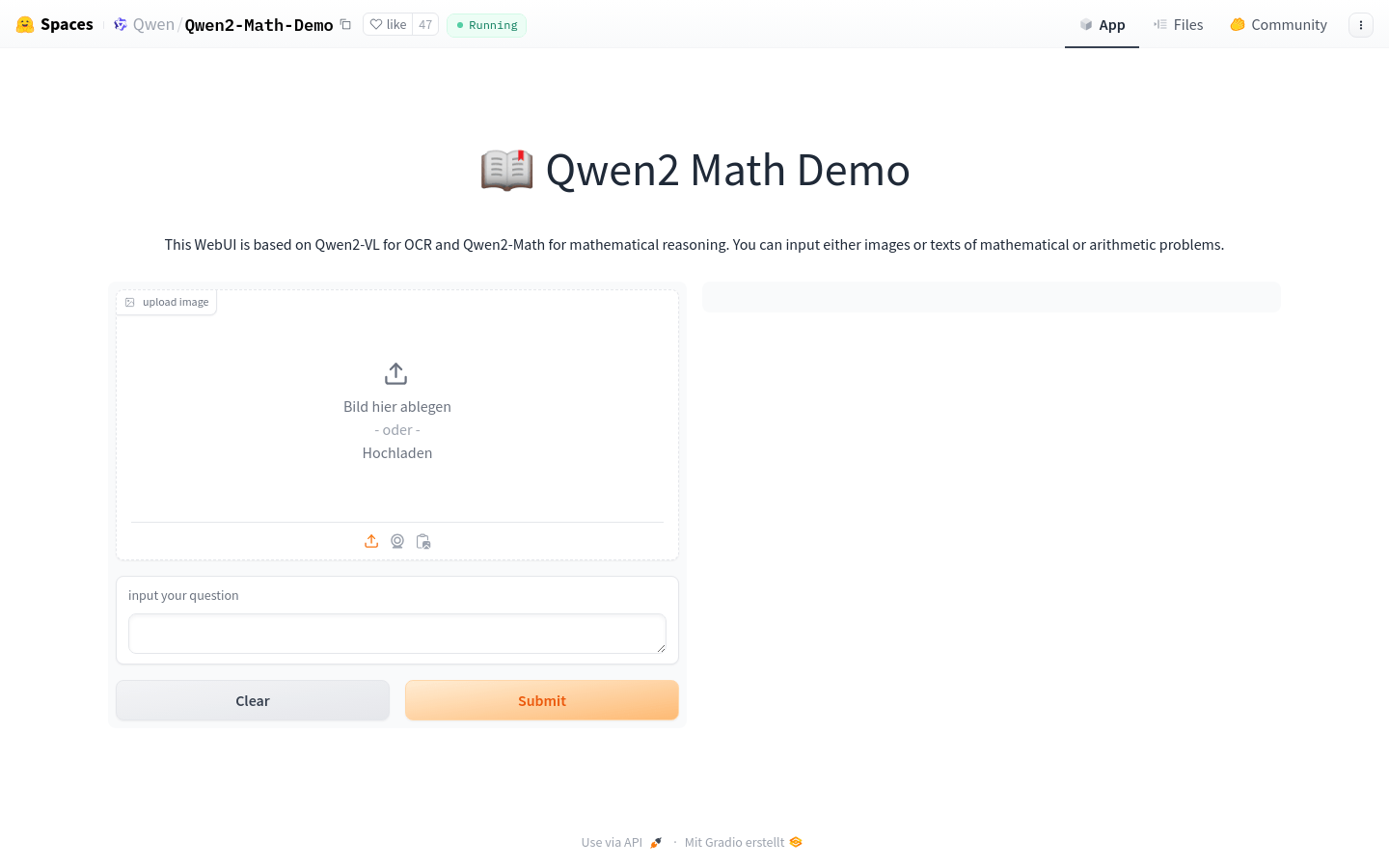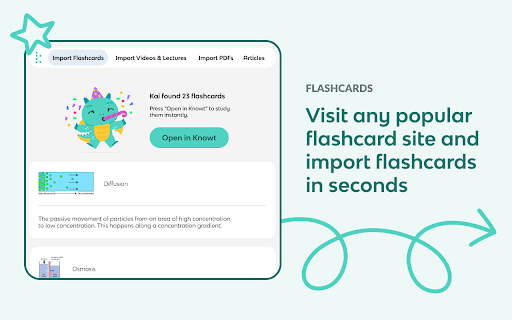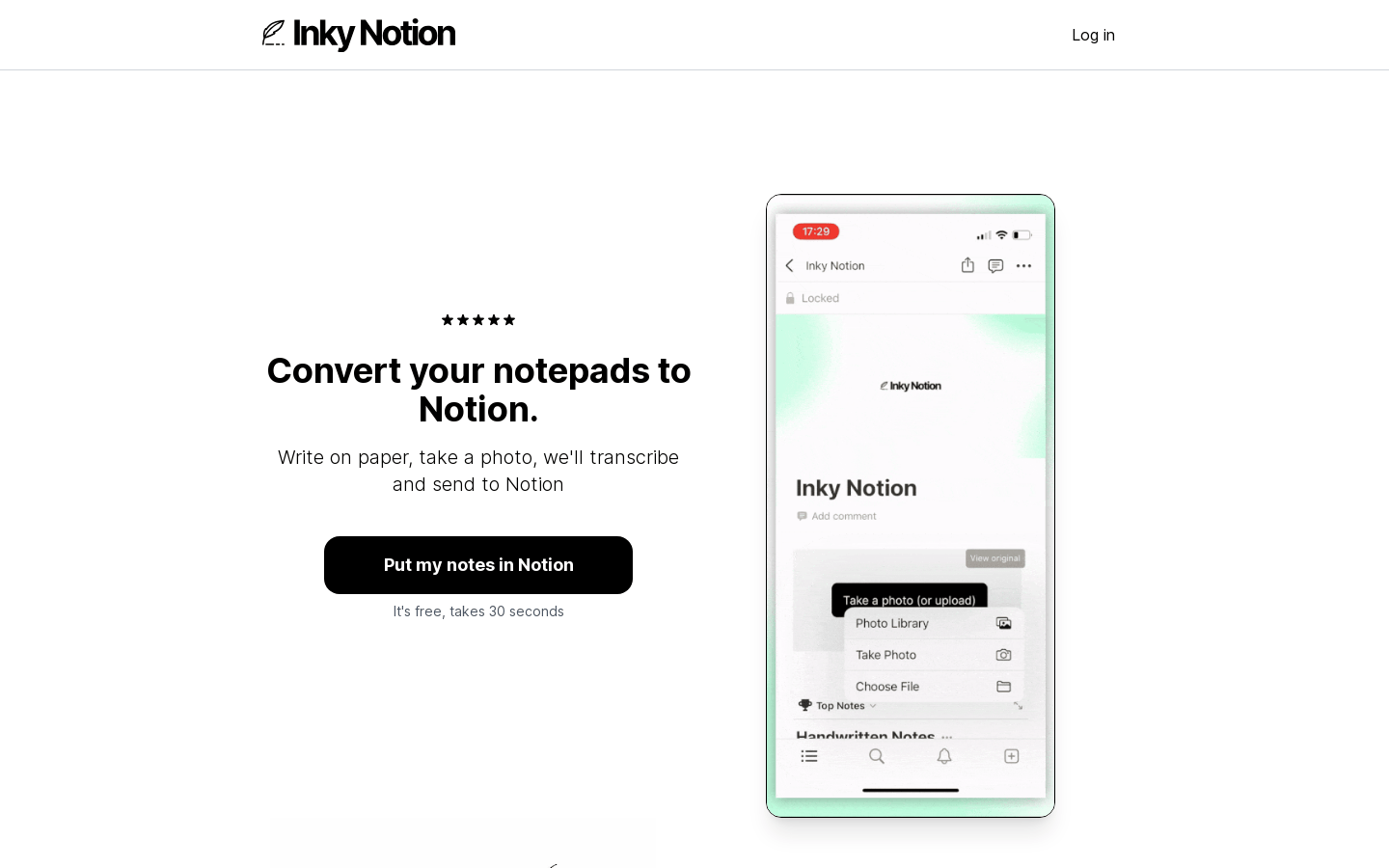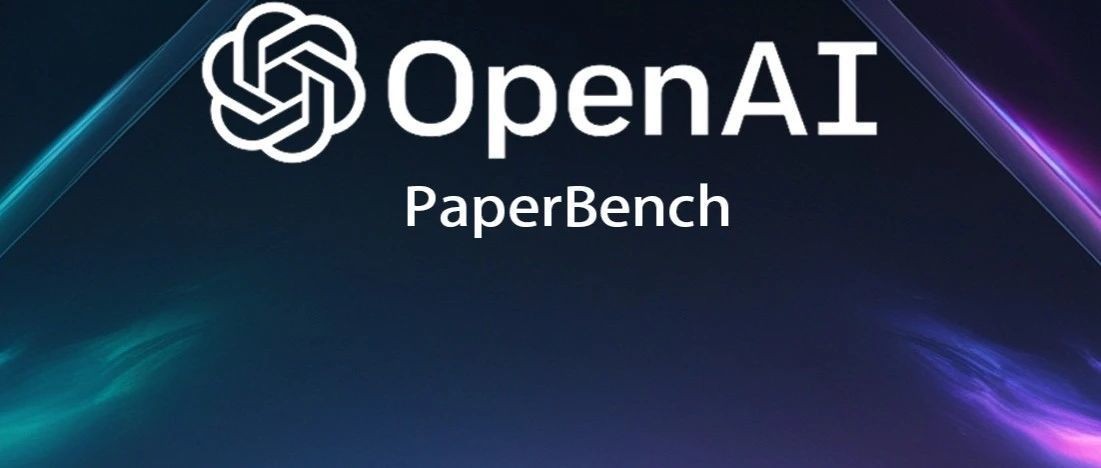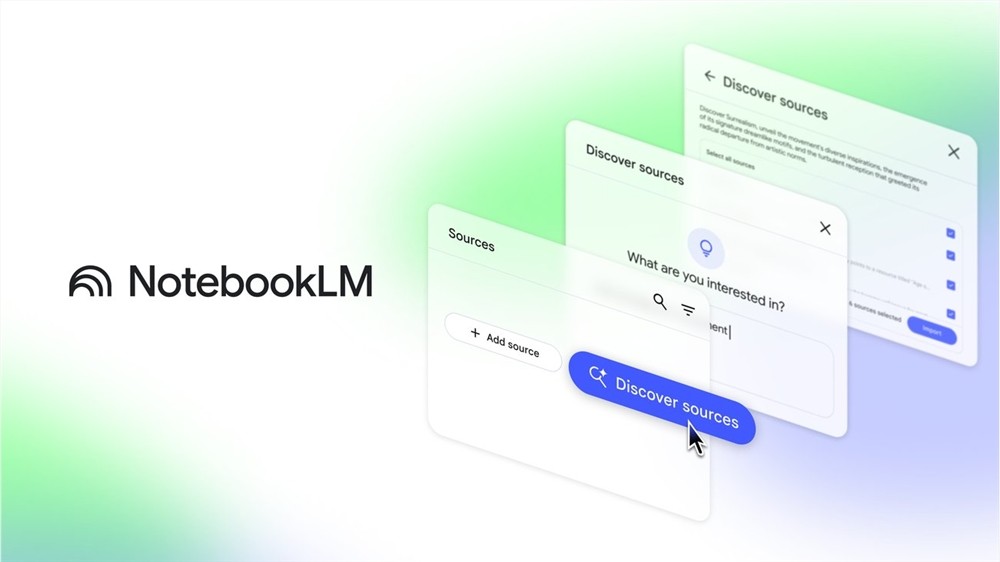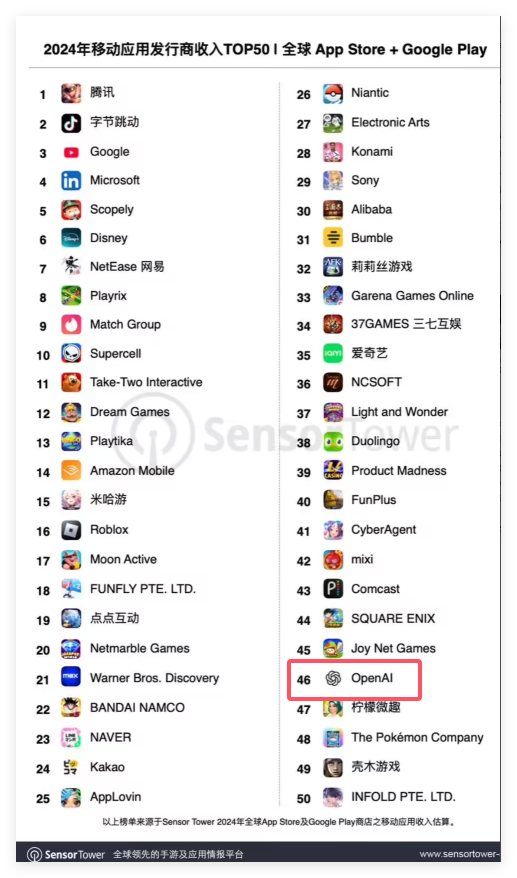
SciAgentsDiscovery is a system that uses multi-agent systems and large-scale ontology knowledge graphs to automate scientific research. By integrating large language models, data retrieval tools and multi-agent learning systems, it can independently generate and improve research hypotheses and reveal potential mechanisms, design principles and unexpected material properties. The system demonstrates its ability to discover interdisciplinary relationships in the field of bioinspired materials, beyond traditional human-driven research methods.
Demand population:
" SciAgentsDiscovery is suitable for researchers and materials scientists because it provides automated research hypothesis generation and verification, accelerating the discovery process of new materials while providing critical and improved opinions for existing research."
Example of usage scenarios:
In the field of bioinspired materials, new research hypotheses are proposed by connecting keywords such as 'wire' and 'energy-intensive'.
Through research hypotheses generated independently by intelligent systems, further scientific exploration is guided.
Leverage detailed documentation generated by the system to provide in-depth insights into material design and properties.
Product Features:
Use large-scale ontology knowledge graphs to organize and connect different scientific concepts.
Integrate large language models and data retrieval tools.
Multi-agent system has on-site learning capabilities.
Automate the generation and improvement of research hypotheses.
Reveal the potential mechanisms and design principles of the material.
Modular integration to achieve material discovery and accelerate advanced material development.
Through 'population intelligence', a biological system-like approach, provides new ways to discover new materials.
Tutorials for use:
1. Install the necessary GraphReasoning packages and APIs.
2.Clone the SciAgentsDiscovery repository from GitHub.
3. Run the Jupyter notebook file in the Notebooks directory.
4. Select a non-automated or automated multi-agent framework according to your needs.
5. Use the AutoGen ecosystem to implement automated multi-agent models.
6. Use system-generated research hypotheses to conduct further scientific exploration and experimental verification.
7. Analyze the detailed documentation provided by the system, extract key information and research hypotheses.
8. Adjust the research direction and experimental design according to system feedback.

